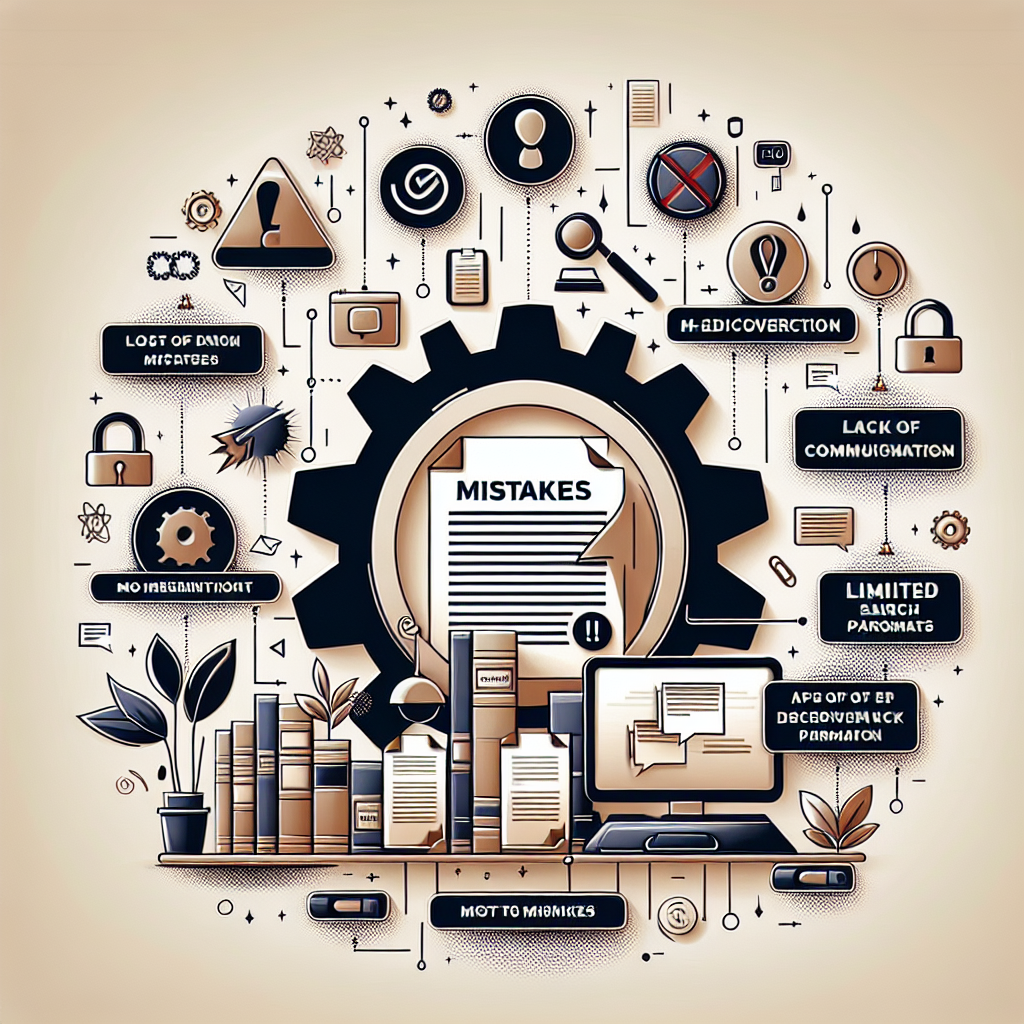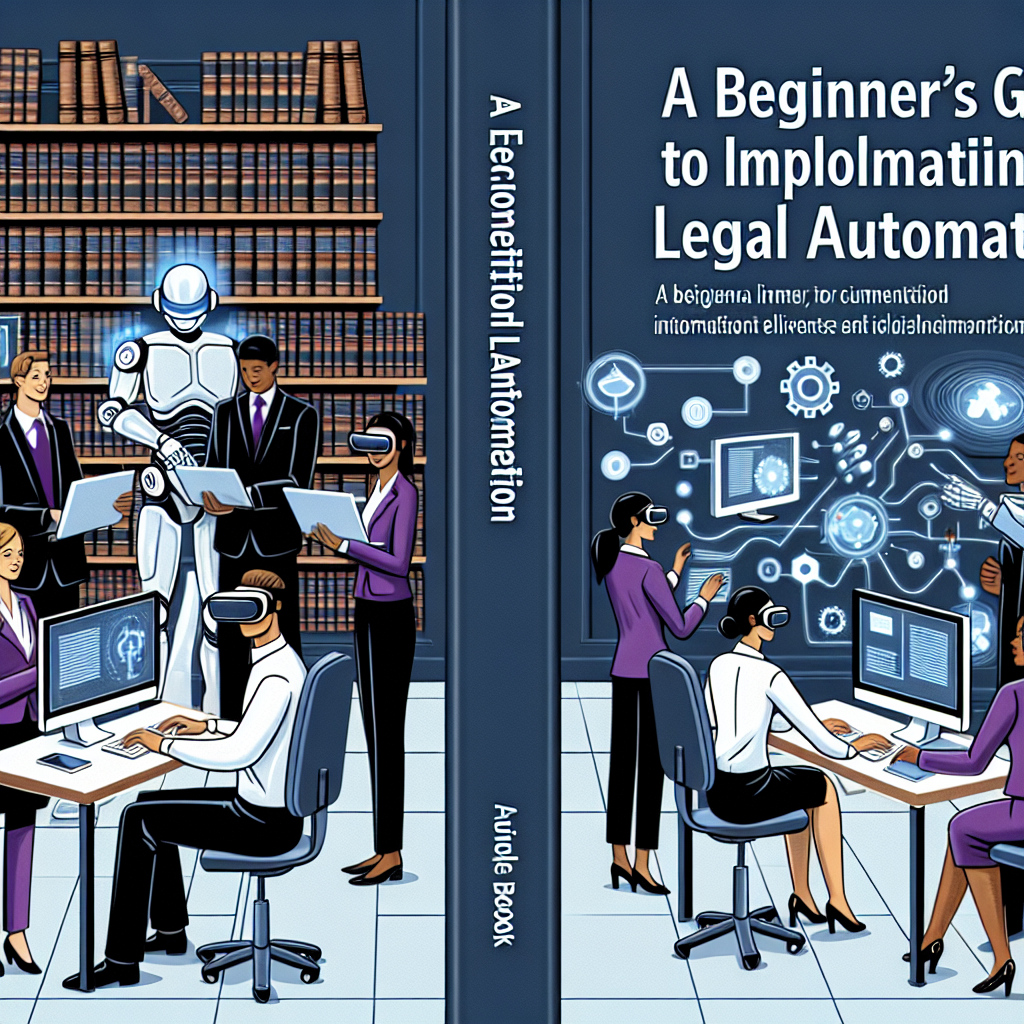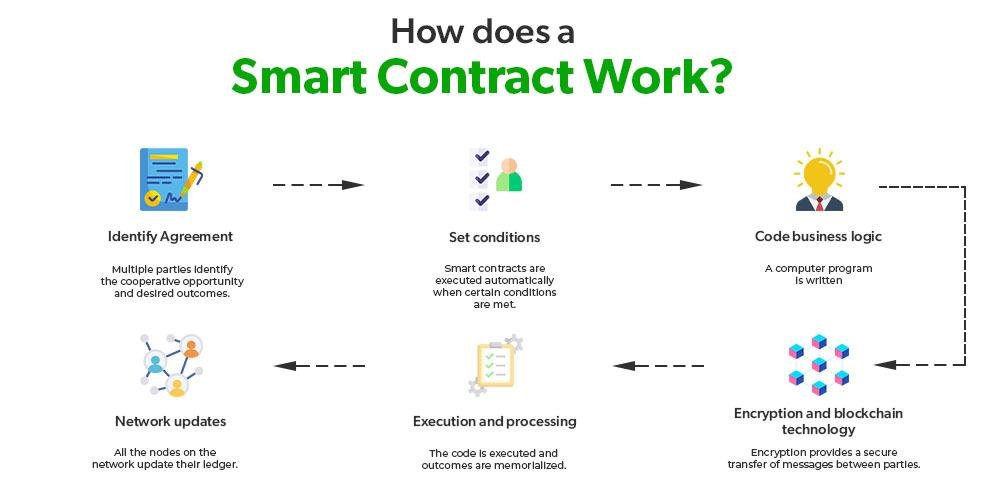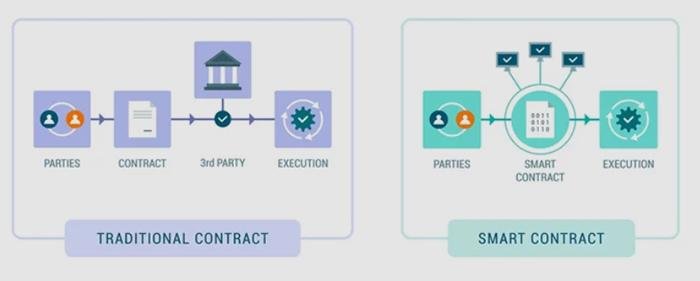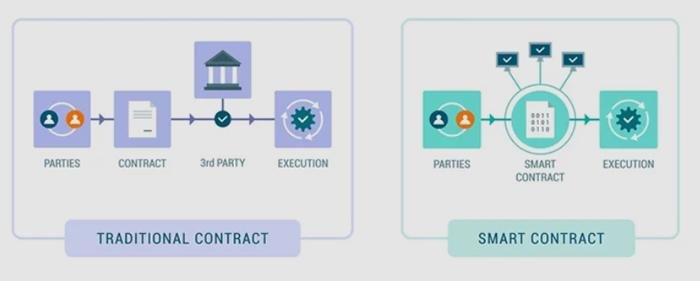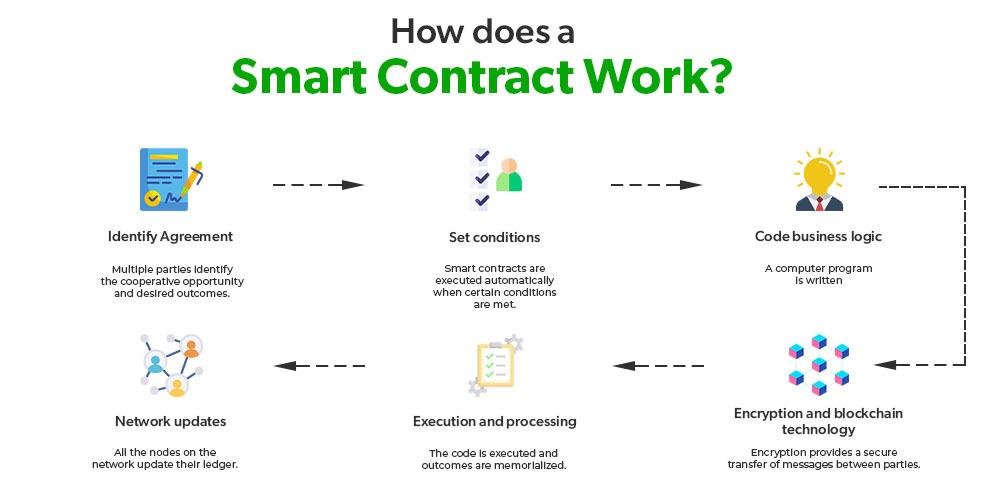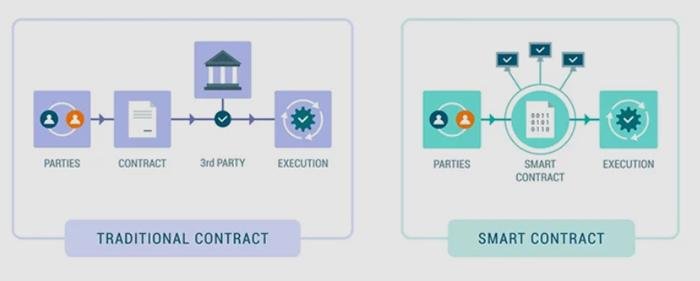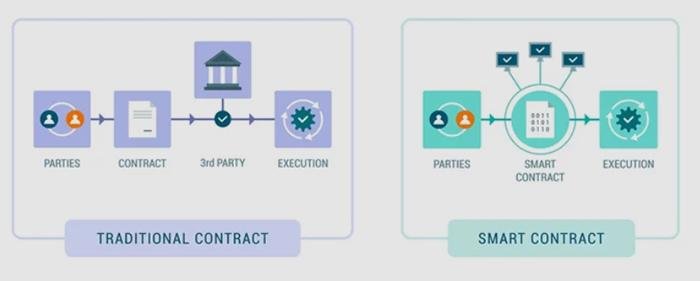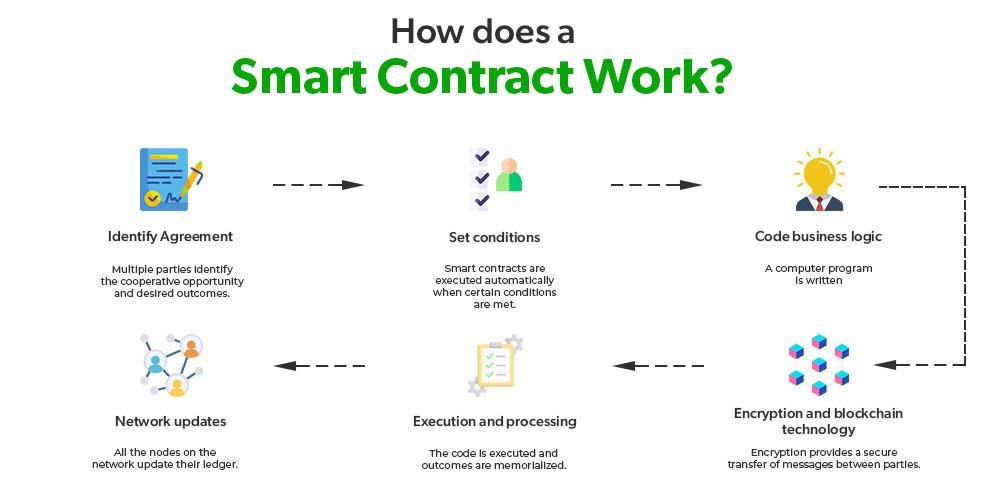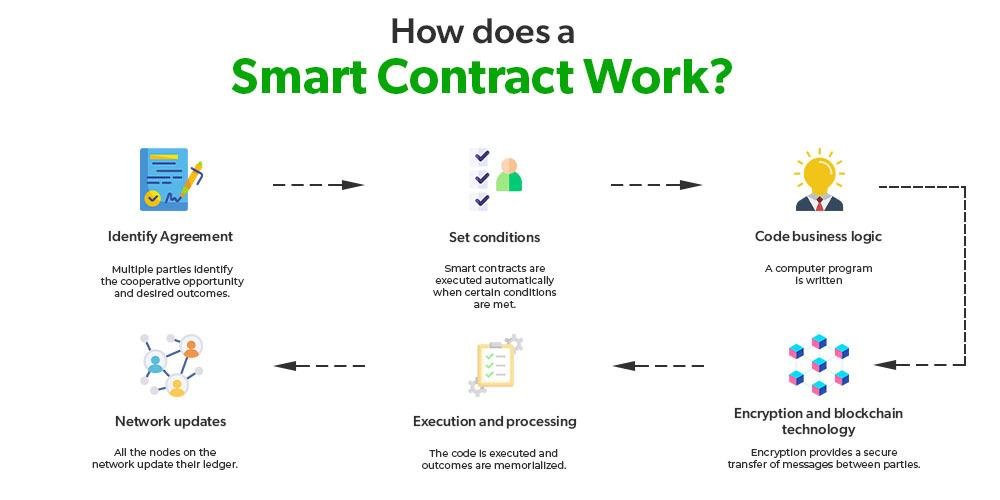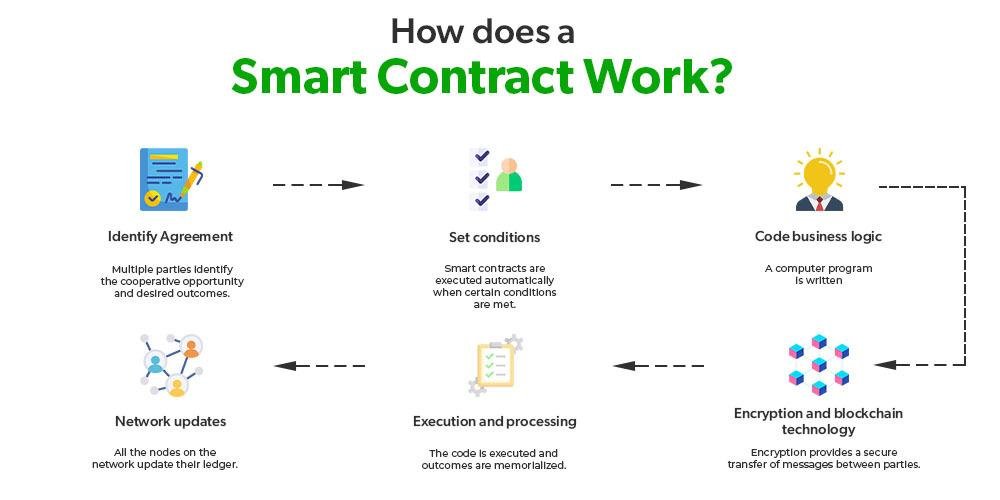A Beginner’s Guide to Implementing Legal Automation

-
Table of Contents
- Introduction
- Understanding Legal Automation: Key Concepts for Beginners
- Benefits of Legal Automation for Law Firms
- Essential Tools for Implementing Legal Automation
- Step-by-Step Guide to Automating Legal Processes
- Overcoming Common Challenges in Legal Automation
- Future Trends in Legal Automation and Their Impact
- Conclusion
Introduction
**Introduction to A Beginner’s Guide to Implementing Legal Automation**
In an era where technology is reshaping industries at an unprecedented pace, the legal sector is no exception. Legal automation is emerging as a transformative force, offering law firms and legal departments the opportunity to enhance efficiency, reduce costs, and improve accuracy in their operations. For those new to this concept, “A Beginner’s Guide to Implementing Legal Automation” serves as an essential resource, providing a comprehensive overview of how automation can be integrated into legal practices. This guide explores the fundamental principles of legal automation, the types of tasks that can be automated, and the benefits that can be realized. It also addresses common challenges and offers practical steps for successful implementation. By demystifying the process, this guide empowers legal professionals to embrace technological advancements and stay competitive in a rapidly evolving landscape.
Understanding Legal Automation: Key Concepts for Beginners
Legal automation is rapidly transforming the landscape of the legal industry, offering a myriad of opportunities for increased efficiency and accuracy. For beginners, understanding the key concepts of legal automation is essential to harness its full potential. At its core, legal automation involves the use of technology to perform tasks traditionally carried out by legal professionals. This can range from document generation and contract management to more complex processes like legal research and compliance monitoring. By automating these tasks, law firms and legal departments can save time, reduce costs, and minimize human error.
To begin with, it is important to recognize the types of tasks that are most suitable for automation. Routine and repetitive tasks, such as drafting standard contracts or managing client intake forms, are prime candidates. These tasks often require significant time and resources when performed manually, yet they follow a predictable pattern that can be easily replicated by software. By automating these processes, legal professionals can focus on more strategic and high-value activities, such as advising clients or developing case strategies.
Transitioning to the tools and technologies that enable legal automation, there are several key players in the market. Document automation software, for instance, allows users to create templates for frequently used documents, which can then be populated with client-specific information. This not only speeds up the drafting process but also ensures consistency and compliance with legal standards. Similarly, e-discovery tools can sift through vast amounts of data to identify relevant information for litigation, significantly reducing the time and effort required for manual review.
Moreover, artificial intelligence (AI) is playing an increasingly prominent role in legal automation. AI-powered tools can analyze legal documents, predict case outcomes, and even provide insights into judicial behavior. These capabilities are particularly valuable in areas such as contract analysis, where AI can identify potential risks and suggest amendments. As AI technology continues to evolve, its applications in the legal field are expected to expand, offering even greater opportunities for automation.
However, implementing legal automation is not without its challenges. One of the primary concerns is data security, as legal documents often contain sensitive information. It is crucial for organizations to ensure that their automation tools comply with data protection regulations and have robust security measures in place. Additionally, there may be resistance to change from within the organization, as some legal professionals may be wary of adopting new technologies. To address this, it is important to provide adequate training and support, helping staff to understand the benefits of automation and how it can enhance their work.
Furthermore, it is essential to approach legal automation with a strategic mindset. Rather than attempting to automate every possible task, organizations should prioritize areas where automation can deliver the greatest impact. This involves conducting a thorough analysis of existing workflows and identifying bottlenecks or inefficiencies that can be addressed through technology. By taking a targeted approach, organizations can maximize the benefits of legal automation while minimizing disruption to their operations.
In conclusion, legal automation offers a wealth of opportunities for improving efficiency and accuracy in the legal industry. By understanding the key concepts and carefully selecting the right tools and processes to automate, beginners can successfully navigate this transformative landscape. As technology continues to advance, the potential for legal automation will only grow, making it an essential consideration for any forward-thinking legal professional.
Benefits of Legal Automation for Law Firms
Legal automation is rapidly transforming the landscape of law firms, offering a multitude of benefits that streamline operations and enhance efficiency. As law firms increasingly adopt technology to stay competitive, understanding the advantages of legal automation becomes crucial. One of the primary benefits is the significant reduction in time spent on routine tasks. By automating repetitive processes such as document review, contract management, and client intake, legal professionals can focus more on complex legal work that requires their expertise. This shift not only improves productivity but also enhances job satisfaction, as lawyers can engage in more intellectually stimulating activities.
Moreover, legal automation contributes to cost savings, a critical factor for any law firm aiming to maximize profitability. By reducing the need for manual labor, firms can lower operational costs and allocate resources more effectively. For instance, automated billing systems can streamline invoicing processes, minimizing errors and ensuring timely payments. This financial efficiency allows firms to offer more competitive pricing to clients, thereby attracting a broader clientele and increasing market share.
In addition to time and cost efficiencies, legal automation enhances accuracy and reduces the risk of human error. Automated systems are designed to follow predefined rules and protocols, ensuring consistency and precision in tasks such as data entry and document drafting. This reliability is particularly beneficial in legal contexts where even minor errors can have significant consequences. By minimizing mistakes, law firms can maintain their reputation for excellence and build stronger client trust.
Furthermore, legal automation facilitates better data management and accessibility. With digital solutions, law firms can store and organize vast amounts of information in a centralized, easily searchable database. This capability not only improves information retrieval but also supports data-driven decision-making. Lawyers can quickly access relevant case files, precedents, and legal research, enabling them to provide more informed advice and develop stronger legal strategies. Additionally, enhanced data security features protect sensitive client information, ensuring compliance with privacy regulations and safeguarding against data breaches.
Another notable benefit of legal automation is the improvement in client service. Automated systems can provide clients with real-time updates on their cases, enhancing transparency and communication. Clients appreciate being kept informed and having easy access to their legal documents, which fosters a sense of involvement and trust in the legal process. Moreover, automation allows for more personalized client interactions, as lawyers have more time to focus on building relationships and understanding client needs.
Transitioning to legal automation also positions law firms to adapt to future technological advancements. As artificial intelligence and machine learning continue to evolve, firms that have already embraced automation will find it easier to integrate new tools and capabilities. This adaptability ensures that law firms remain at the forefront of innovation, offering cutting-edge services that meet the changing demands of the legal industry.
In conclusion, the benefits of legal automation for law firms are manifold, encompassing time and cost savings, enhanced accuracy, improved data management, and superior client service. By embracing automation, law firms can optimize their operations, deliver higher-quality legal services, and maintain a competitive edge in an increasingly digital world. As the legal industry continues to evolve, those who leverage the power of automation will be well-positioned to thrive in the future.
Essential Tools for Implementing Legal Automation

In the rapidly evolving landscape of legal services, automation has emerged as a transformative force, offering unprecedented opportunities for efficiency and accuracy. For those new to the concept, implementing legal automation can seem daunting. However, understanding the essential tools available can significantly ease this transition and enhance the overall effectiveness of legal operations.
To begin with, document automation tools are fundamental in the realm of legal automation. These tools streamline the creation of legal documents by using templates and pre-set rules, reducing the time spent on drafting and minimizing the risk of human error. By automating repetitive tasks such as contract generation, legal professionals can focus more on strategic decision-making and client interaction. Tools like HotDocs and Contract Express are popular choices, offering robust features that cater to various legal needs.
In addition to document automation, e-discovery tools play a crucial role in managing the vast amounts of data involved in legal cases. These tools help in the identification, collection, and analysis of electronic data, making the discovery process more efficient and less labor-intensive. By utilizing advanced algorithms and machine learning, e-discovery tools can sift through large datasets to identify relevant information, thus saving time and resources. Platforms like Relativity and Logikcull are widely recognized for their capabilities in this area, providing comprehensive solutions that enhance the discovery process.
Moreover, legal research tools are indispensable for any law firm looking to implement automation. These tools leverage artificial intelligence to provide quick and accurate access to legal information, case law, and statutes. By automating the research process, legal professionals can obtain relevant insights faster, allowing them to build stronger cases and provide better advice to their clients. Westlaw Edge and Lexis Advance are among the leading platforms that offer extensive databases and intuitive search functionalities, making legal research more efficient and less cumbersome.
Transitioning to practice management software, these tools are essential for organizing and managing the day-to-day operations of a law firm. They offer features such as case management, time tracking, billing, and client communication, all integrated into a single platform. By automating these administrative tasks, law firms can improve their operational efficiency and enhance client satisfaction. Clio and MyCase are examples of practice management software that have gained popularity for their user-friendly interfaces and comprehensive features.
Furthermore, contract lifecycle management (CLM) tools are vital for automating the entire contract process, from creation to execution and renewal. These tools provide a centralized platform for managing contracts, ensuring compliance, and tracking key milestones. By automating contract management, legal teams can reduce risks, improve collaboration, and accelerate deal cycles. Tools like Icertis and Agiloft are renowned for their ability to streamline contract processes and provide valuable insights through analytics.
Finally, it is important to consider the integration capabilities of these tools. Seamless integration with existing systems and other software solutions is crucial for maximizing the benefits of legal automation. By ensuring that these tools can communicate and work together effectively, law firms can create a cohesive and efficient workflow that enhances productivity and reduces redundancies.
In conclusion, while the journey to implementing legal automation may seem complex, understanding and utilizing these essential tools can significantly simplify the process. By embracing document automation, e-discovery, legal research, practice management, and contract lifecycle management tools, legal professionals can transform their operations, providing more efficient and accurate services to their clients. As the legal industry continues to evolve, staying informed and adaptable will be key to leveraging the full potential of automation.
Step-by-Step Guide to Automating Legal Processes
Implementing legal automation can seem daunting for beginners, but with a structured approach, it becomes a manageable and rewarding endeavor. The first step in automating legal processes is to identify the tasks that are most suitable for automation. Typically, these are repetitive, time-consuming tasks that do not require complex decision-making. Examples include document generation, client intake, and contract management. By focusing on these areas, legal professionals can free up valuable time to concentrate on more strategic activities.
Once the tasks have been identified, the next step is to evaluate the available technology solutions. There is a wide range of legal automation tools on the market, each with its own strengths and weaknesses. It is crucial to select a tool that aligns with the specific needs of your practice. Consider factors such as ease of use, integration capabilities with existing systems, and scalability. Additionally, it is beneficial to seek feedback from other legal professionals who have implemented similar solutions, as their insights can provide valuable guidance.
After selecting the appropriate technology, the implementation phase begins. This involves configuring the software to meet the specific requirements of your legal processes. During this stage, it is essential to involve key stakeholders, including attorneys, paralegals, and IT staff, to ensure that the system is set up correctly and that everyone understands how to use it effectively. Training sessions and workshops can be invaluable in this regard, as they provide an opportunity for users to familiarize themselves with the new system and ask questions.
As the system is being implemented, it is important to establish clear protocols for its use. This includes defining who will be responsible for maintaining the system, how updates will be managed, and what procedures will be followed in the event of technical issues. By establishing these protocols early on, you can minimize disruptions and ensure a smooth transition to the new automated processes.
Once the system is up and running, it is crucial to monitor its performance and make adjustments as needed. Regularly reviewing the system’s output can help identify any areas where it may not be functioning as expected. This ongoing evaluation is vital to ensure that the automation continues to meet the evolving needs of your practice. Additionally, gathering feedback from users can provide insights into how the system can be improved and optimized.
As you become more comfortable with legal automation, you may find opportunities to expand its use within your practice. This could involve automating additional tasks or integrating the system with other technologies to create a more comprehensive solution. By continuously exploring new possibilities, you can maximize the benefits of automation and enhance the efficiency of your legal processes.
In conclusion, implementing legal automation is a step-by-step process that requires careful planning and execution. By identifying suitable tasks, selecting the right technology, involving key stakeholders, establishing clear protocols, and continuously monitoring performance, legal professionals can successfully automate their processes and achieve significant time savings. As the legal industry continues to evolve, embracing automation will be essential for staying competitive and delivering high-quality services to clients. With a thoughtful approach, even beginners can harness the power of legal automation to transform their practice.
Overcoming Common Challenges in Legal Automation
Implementing legal automation can be a transformative step for law firms and legal departments, offering the promise of increased efficiency, reduced costs, and improved accuracy. However, like any significant change, it comes with its own set of challenges. Understanding and overcoming these challenges is crucial for a successful transition. One of the primary hurdles in adopting legal automation is resistance to change. Legal professionals, accustomed to traditional methods, may be skeptical about the reliability and effectiveness of automated systems. To address this, it is essential to foster a culture of openness and adaptability within the organization. Encouraging continuous learning and providing comprehensive training can help ease the transition, allowing staff to become comfortable with new technologies.
Another common challenge is the integration of automation tools with existing systems. Many law firms rely on legacy software that may not be compatible with modern automation solutions. To overcome this, it is important to conduct a thorough assessment of current systems and identify potential integration points. Collaborating with IT professionals and software vendors can facilitate a smoother integration process, ensuring that new tools work seamlessly with existing infrastructure. Additionally, selecting automation solutions that offer flexibility and scalability can help accommodate future technological advancements.
Data security and confidentiality are also significant concerns when implementing legal automation. Legal professionals handle sensitive information, and any breach could have severe consequences. To mitigate these risks, it is crucial to choose automation tools that prioritize data protection. Implementing robust security measures, such as encryption and access controls, can safeguard sensitive information. Furthermore, conducting regular security audits and staying informed about the latest cybersecurity threats can help maintain a secure environment.
Cost is another factor that can pose a challenge in the adoption of legal automation. While automation can lead to long-term savings, the initial investment can be substantial. To address this, it is important to conduct a cost-benefit analysis to determine the potential return on investment. Identifying areas where automation can have the most significant impact, such as document management or contract review, can help prioritize spending. Additionally, exploring flexible pricing models or phased implementation approaches can make the transition more financially manageable.
Moreover, ensuring the quality and accuracy of automated processes is crucial. Legal work requires a high degree of precision, and any errors can have serious implications. To overcome this challenge, it is important to implement rigorous testing and quality assurance measures. Regularly reviewing and updating automated processes can help maintain accuracy and reliability. Additionally, involving legal professionals in the design and testing phases can ensure that automation tools meet the specific needs and standards of the organization.
Finally, it is essential to manage expectations when implementing legal automation. While automation can significantly enhance efficiency, it is not a panacea for all challenges faced by legal professionals. Setting realistic goals and timelines can help manage expectations and ensure a smoother transition. Communicating the benefits and limitations of automation to all stakeholders can foster a more supportive environment.
In conclusion, while implementing legal automation presents several challenges, they are not insurmountable. By addressing resistance to change, ensuring seamless integration, prioritizing data security, managing costs, maintaining quality, and setting realistic expectations, law firms and legal departments can successfully navigate the transition to automation. Embracing these strategies can pave the way for a more efficient and effective legal practice, ultimately benefiting both legal professionals and their clients.
Future Trends in Legal Automation and Their Impact
As the legal industry continues to evolve, the integration of automation technologies is becoming increasingly prevalent, offering transformative potential for law firms and legal departments. Legal automation, once a futuristic concept, is now a tangible reality that is reshaping the way legal services are delivered. This shift is driven by the need for increased efficiency, accuracy, and cost-effectiveness in legal processes. As we look to the future, it is essential to understand the trends in legal automation and their potential impact on the industry.
One of the most significant trends in legal automation is the adoption of artificial intelligence (AI) and machine learning. These technologies are being utilized to streamline tasks that were traditionally time-consuming and labor-intensive. For instance, AI-powered tools can now perform document review and analysis with remarkable speed and precision, significantly reducing the time lawyers spend on these tasks. This not only enhances productivity but also allows legal professionals to focus on more strategic and complex aspects of their work. Moreover, machine learning algorithms are continuously improving, enabling them to handle increasingly sophisticated legal tasks, such as predicting case outcomes based on historical data.
In addition to AI, the use of natural language processing (NLP) is gaining traction in the legal field. NLP technology allows computers to understand and interpret human language, making it possible to automate the drafting of legal documents and contracts. This capability is particularly beneficial for routine and repetitive tasks, such as generating standard agreements or conducting legal research. By automating these processes, legal professionals can allocate their time and resources more effectively, ultimately enhancing client service and satisfaction.
Furthermore, the rise of cloud-based legal platforms is another trend that is shaping the future of legal automation. These platforms offer a centralized and secure environment for managing legal documents, facilitating collaboration among team members, and ensuring compliance with regulatory requirements. The accessibility and scalability of cloud-based solutions make them an attractive option for law firms of all sizes, enabling them to leverage automation without the need for significant upfront investment in infrastructure.
As legal automation continues to advance, it is also important to consider its impact on the workforce. While there are concerns about job displacement, automation is more likely to augment the roles of legal professionals rather than replace them entirely. By automating routine tasks, legal automation frees up time for lawyers to engage in higher-value activities, such as advising clients and developing innovative legal strategies. This shift in focus can lead to more fulfilling and intellectually stimulating work for legal professionals.
Moreover, the implementation of legal automation can lead to more equitable access to legal services. By reducing the cost and time associated with legal processes, automation has the potential to make legal assistance more affordable and accessible to a broader range of clients. This democratization of legal services could have far-reaching implications, particularly for individuals and small businesses that have traditionally been underserved by the legal system.
In conclusion, the future of legal automation is bright, with numerous trends poised to reshape the industry. As AI, NLP, and cloud-based solutions continue to evolve, they will drive efficiency, enhance client service, and create new opportunities for legal professionals. While challenges remain, particularly in terms of ethical considerations and workforce adaptation, the potential benefits of legal automation are undeniable. By embracing these technologies, the legal industry can position itself for a more innovative and inclusive future.
Conclusion
“A Beginner’s Guide to Implementing Legal Automation” provides a comprehensive overview of how legal professionals can leverage technology to streamline their workflows and improve efficiency. The guide outlines the benefits of automation, such as reducing manual tasks, minimizing errors, and enhancing productivity. It emphasizes the importance of understanding the specific needs of a legal practice and selecting appropriate tools that align with those needs. Additionally, the guide highlights the significance of change management and training to ensure successful adoption. By following the steps outlined, legal teams can effectively integrate automation into their processes, ultimately leading to more efficient and cost-effective legal services.















